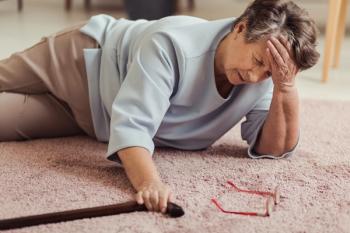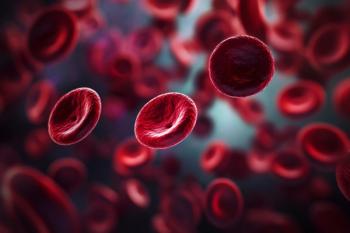
DIY Cranial Stimulation for Major Depression Fails in Sham-Controlled Trial
Results reported in JAMA Psychiatry today show no difference in effectivenes between at-home cranial stimulation and sham treatment.
Major depressive disorder affects more than 300 million people worldwide It can be treated in a variety of ways but the results vary widely and access to resources can be an obstacle to getting effective treatment.
Transcranial direct current stimulation is a noninvasive treatment option that involves the application of low currents via two or more electrodes attached to the scalp. The electric current affects neurons "excitability" and neural networks in ways that have resulted in improvements in depression. Research and clinical experience have shown positive results when it is administered by trained staff.
The positive results and the relative ease of administration encouraged researchers in Brazil to study the effectiveness of an at-home version of transcranial direct current treatments that didn't require direct supervision by a health professional.
The trial, led by first author Lucas Borrione, M.D., took place from April 2021 to October 2022 at participants homes and at Instituto de Psiquiatria do Hospital das Clínicas da Faculdade de Medicina da Universidade de São Paulo, Brazil. Results were published today in JAMA Psychiatry.
The study ran for six weeks and included 210 participants, ages 18 to 59, separated into three treatment groups. The first group was treated with behavioral therapy tasks such as mindfulness exercises as well as transcranial stimulation. The second was treated with just transcranial stimulation. The third was treated with a double sham: a sham version of transcranial stimulation and sham version of the behavioral therapy tasks.
The primary efficacy outcome was the change in a standard measure of depression, the Hamilton Depression Rating Scale, after six weeks. The results shows that the differences in the average change in that Hamilton score among the three groups were not statistically different. The groups were also not statistically different when it came a variety of secondary outcomes. “These findings cannot be explained by either low-adherence or poor usability of the home-use device, which have been shortcomings in previous digital trials but were not observed in our study,” wrote Borrione and his colleagues, who also noted that dropout rates were equally distributed among treatment arms.
They offered some possible explanations for the negative result. Transcranial stimulation has had biggest effect among people who aren’t taking antidepressant drugs, according to Borrione and his colleagues, and most of the people in this study were on stable pharmacotherapy regimen or receiving psychotherapy. In addition, the researchers said more participants in this trial compared with previous ones had recurrent depression and longer depressive episodes.
Borrione and his fellow researchers suggested that future studies be longer and that electrode positioning should be more precise.
Newsletter
Get the latest industry news, event updates, and more from Managed healthcare Executive.


















































